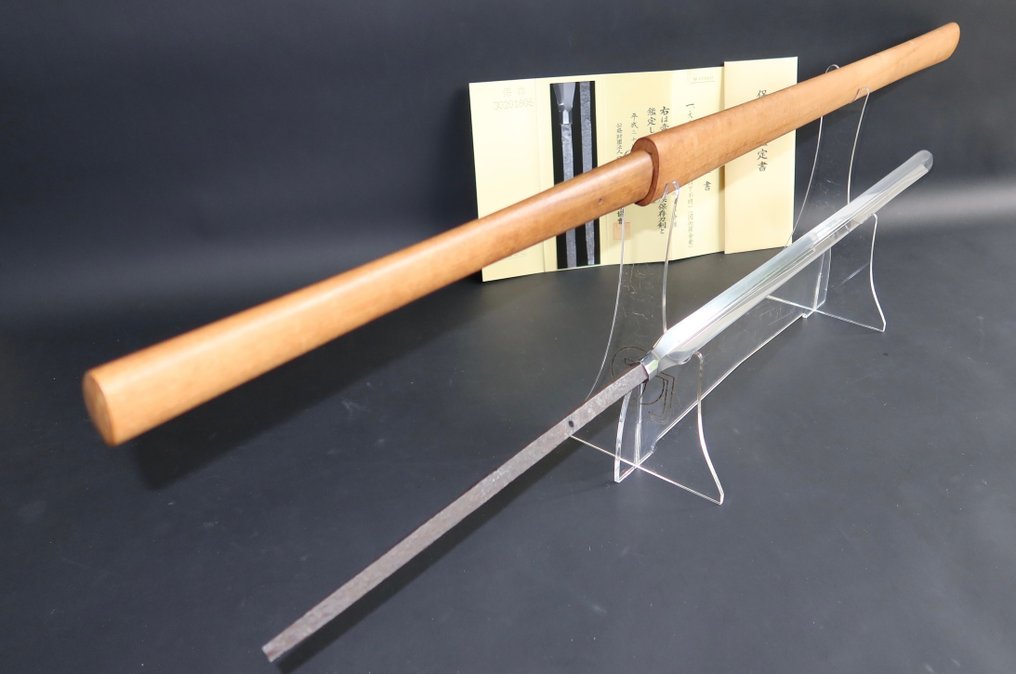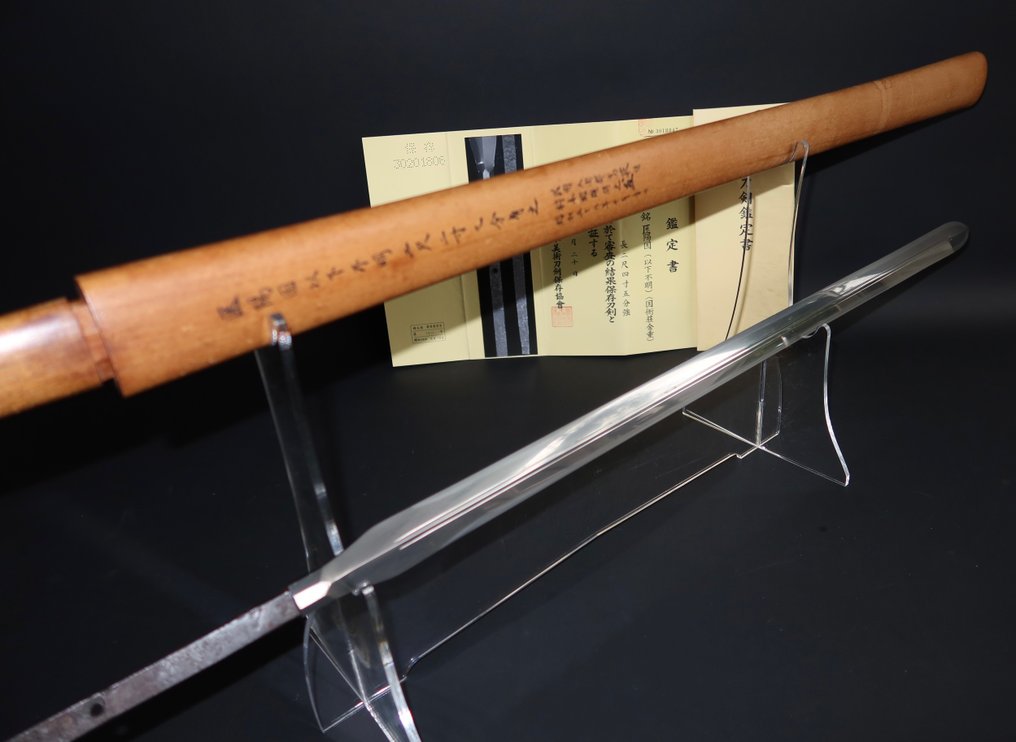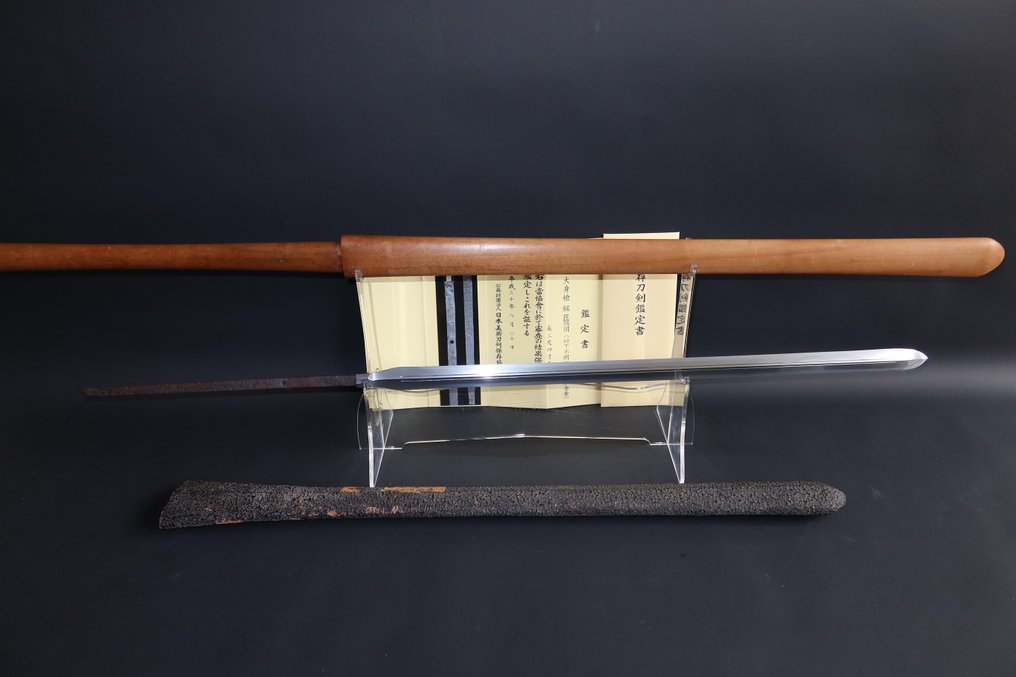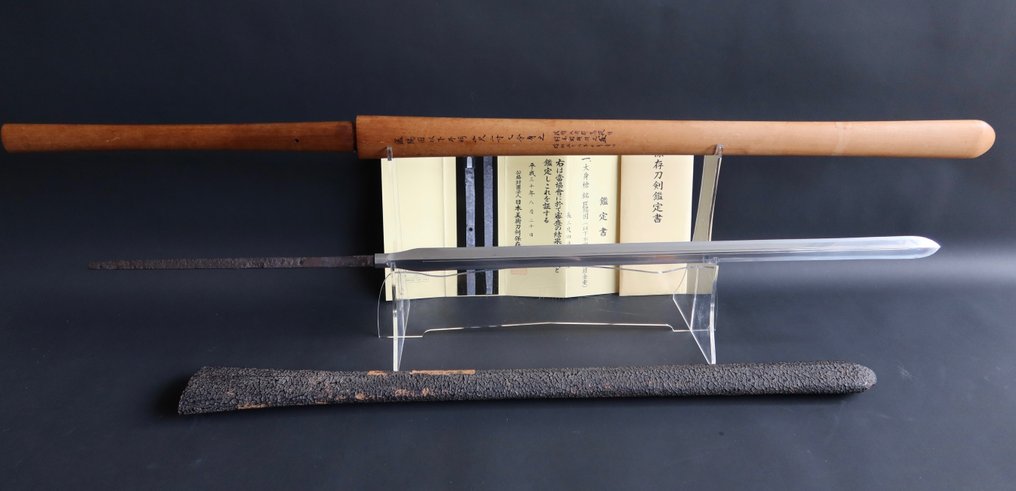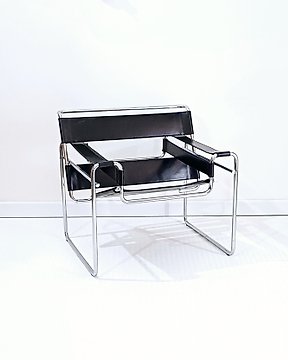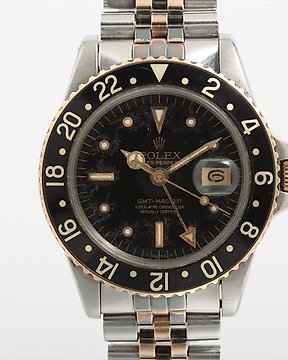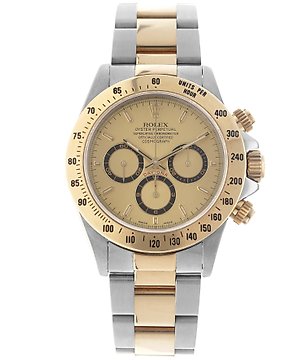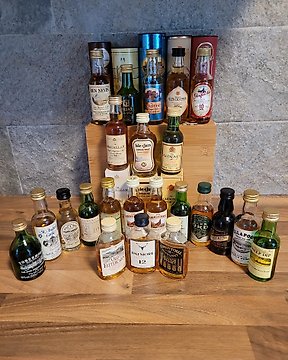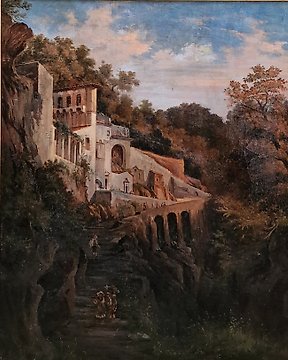Disclaimer
Die Beschreibung ist ausschließlich dafür vorgesehen, Informationen über das Los zu vermitteln. Dies bedeutet nicht, dass das Objekt von Catawiki auf seine Sicherheit oder Funktion getestet wurde. Catawiki duldet keinerlei illegale Aktivitäten und trägt keine Verantwortung für eventuelle Schäden oder Verletzungen, die absichtlich oder unabsichtlich durch die Verbreitung dieser Informationen oder durch die Nutzung des hier beschriebenen Objekts herbeigeführt wurden. Bitte stellen Sie sicher, dass Sie mit den Gesetzen und Vorschriften Ihres Landes vertraut sind, bevor Sie ein Gebot abgeben. Der Verkauf von Waffen an Personen unter 18 Jahren ist verboten. Mit der Abgabe eines Gebotes auf dieses Los erklären Sie, dass Sie 18 Jahre oder älter sind, Sie sich über die geltenden Vorgaben informiert haben und Sie dieses Los in Ihrem Land legal kaufen dürfen.
Die Beschreibung ist ausschließlich dafür vorgesehen, Informationen über das Los zu vermitteln. Dies bedeutet nicht, dass das Objekt von Catawiki auf seine Sicherheit oder Funktion getestet wurde. Catawiki duldet keinerlei illegale Aktivitäten und trägt keine Verantwortung für eventuelle Schäden oder Verletzungen, die absichtlich oder unabsichtlich durch die Verbreitung dieser Informationen oder durch die Nutzung des hier beschriebenen Objekts herbeigeführt wurden. Bitte stellen Sie sicher, dass Sie mit den Gesetzen und Vorschriften Ihres Landes vertraut sind, bevor Sie ein Gebot abgeben. Der Verkauf von Waffen an Personen unter 18 Jahren ist verboten. Mit der Abgabe eines Gebotes auf dieses Los erklären Sie, dass Sie 18 Jahre oder älter sind, Sie sich über die geltenden Vorgaben informiert haben und Sie dieses Los in Ihrem Land legal kaufen dürfen.
